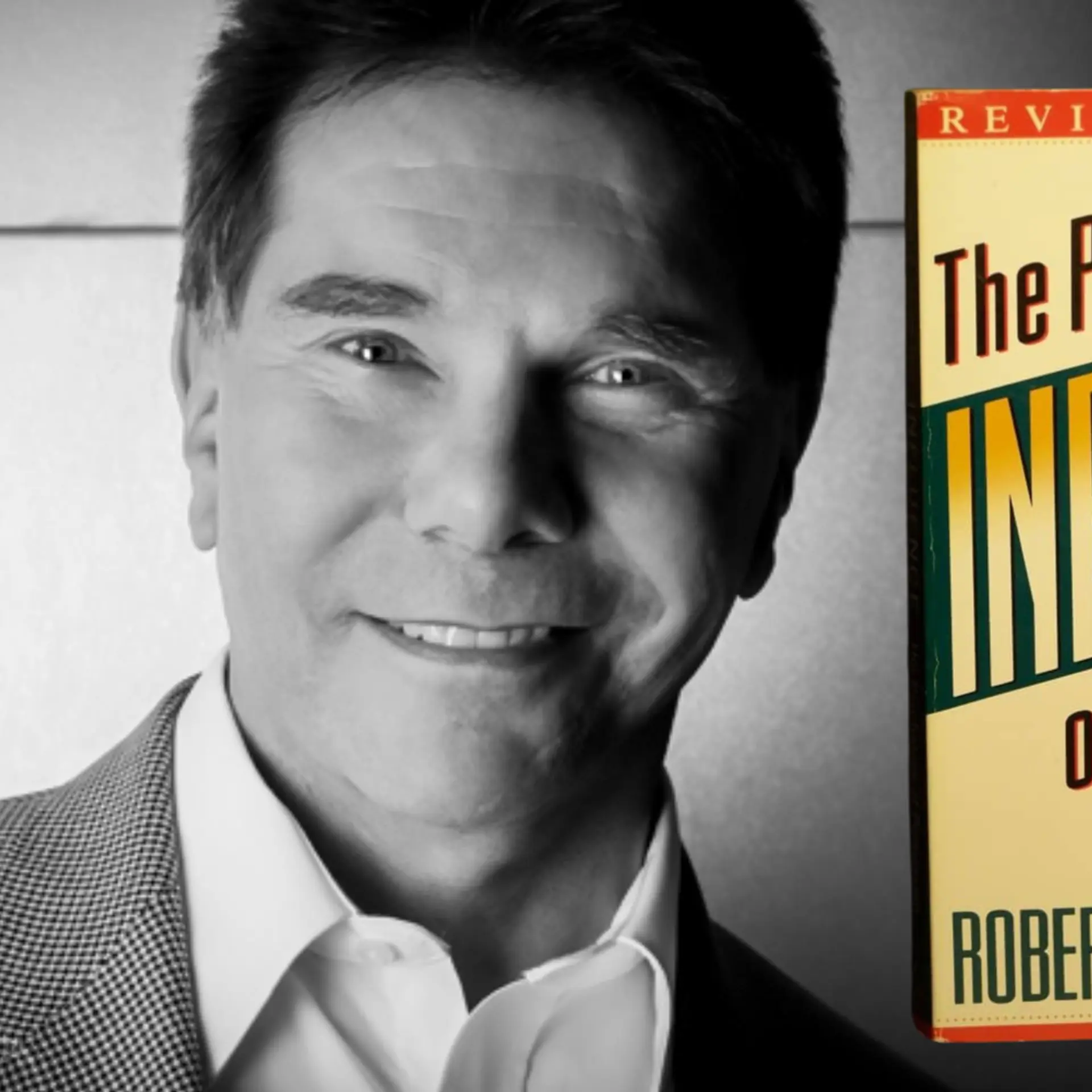Art as culture, community and career: insights from Whitefield Art Collective
In the second photo essay on the Whitefield Art Collective at VR Bengaluru, we feature expert insights on art as creativity and career. The exhibition featured over 100 works of art from across India, and panel discussions on the importance of art.
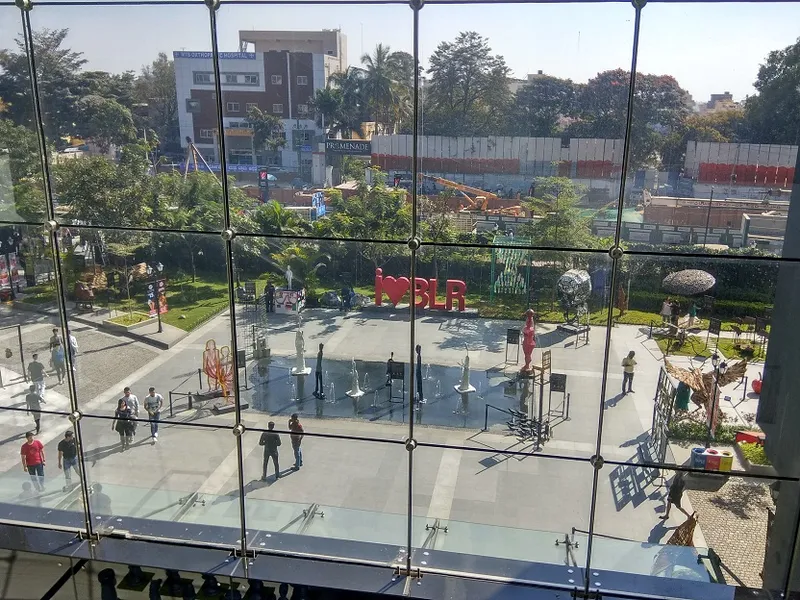
PhotoSparks is a weekly feature from YourStory, with photographs that celebrate the spirit of creativity and innovation. In this edition, we cover more exhibits and practitioner insights from Whitefield Art Collective 2018.
In the earlier 170 posts, we brought you a wide range of creative photographs from a cartoon gallery. world music festival, telecom expo, art gallery, climate change expo, street art festival, wildlife conference, startup festival, Diwali rangoli, Vesak, millets fair, and jazz festival.
The third edition of the Whitefield Art Collective featured panel discussions on art in India with expert speakers. See Part 1 of our coverage here, with insights from festival curator Sumi Gupta.
The month-long festival features upcycled art, paintings, motorised exhibits, mixed media installations, performances, and much more. Viewing the exhibits by daytime and night, and from different levels of the multi-storey venue, unveil new perspectives and contrasts.
Events like the Kochi Biennale have inspired professionals to launch other art events and spaces around the country, observed Krishnamachari Bose, President, Kochi Biennale. India now has the Serendipity Festival in Goa, Delhi Art Fair, and Sculpture Park in Jaipur – but many more museums, galleries and community events are needed.
“There is much talk about India’s ‘soft power,’ but policymakers and industry need to collaborate more to nurture and promote art in India,” Bose advised, in a chat with YourStory.
India’s education system and institutions are compartmentalised, but art events should be collaborative and bring together all manner of artists: painters, photographers, cartoonists, sculptors, animators, designers and filmmakers, he recommended.
The art field is experiencing a number of changes, such as the rise of digital art and AI (see my writeup on The BeFantastic Festival). “Digital is more than a trend, it is now a transformation in art,” said Bose. Information on the use of digital tools should be converted into new knowledge about its transformative effect in art.
Public art forums such as the Whitefield Art Collective in VR Bengaluru play an important role in art discovery. “Having an art exhibition in a mall reaches more people because they are there anyway – they can now be won over as an audience, fans and even future artists themselves,” said art consultant Nalini Malaviya.
She curates exhibitions at venues such as Reves Gallery in Jayanagar, and blogs at Art Scene India. “Access, location and relevance are important features for an art exhibition,” she adds. Indian art today has a wide mix of traditional, contemporary, and blended or fusion art.
Many tech and management professionals have art as a hobby or even as a side business (especially in the case of photography). “But to become experts, they will need to have more discipline, education and training,” advises Nalini.
Some artists also add a social and environmental message to their work.”My favourite art theme is including a social connection,” said Veer Munshi, a contemporary artist from Kashmir. Art is more than materials – it is about character, he added.
New materials and technologies can be effectively blended to create a new language of art. “The strength of art is its spirituality,” said Veer. He has an upcoming exhibition at Gallery Sumukha (see my founder interview with Premilla Baid here).
Now what have you done lately to appreciate the beauty and power of art?
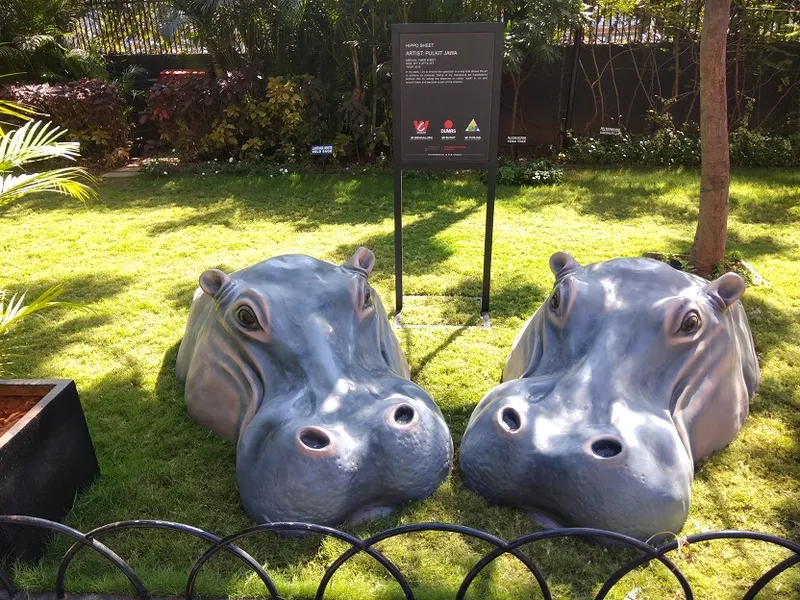
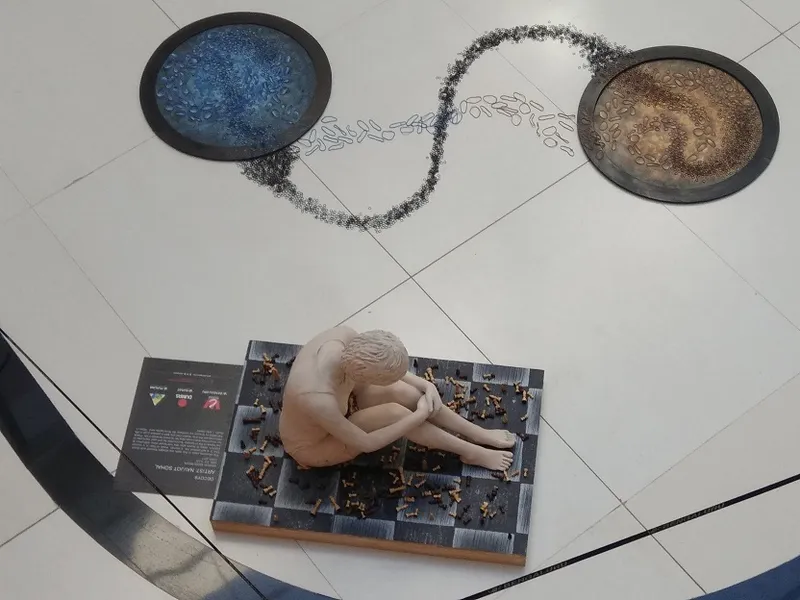

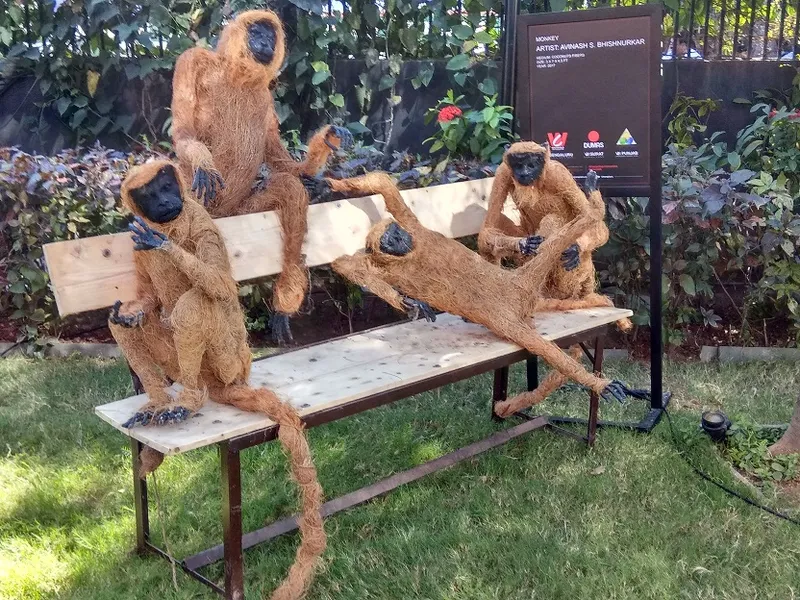
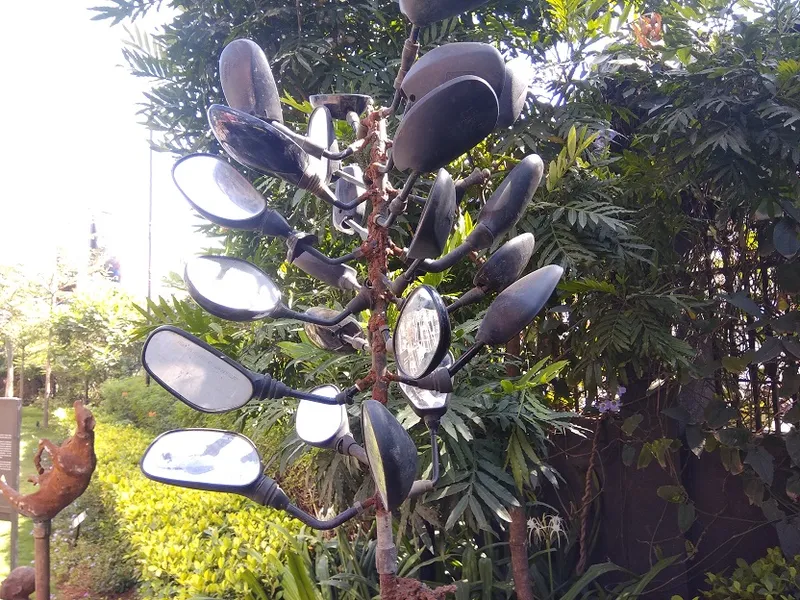
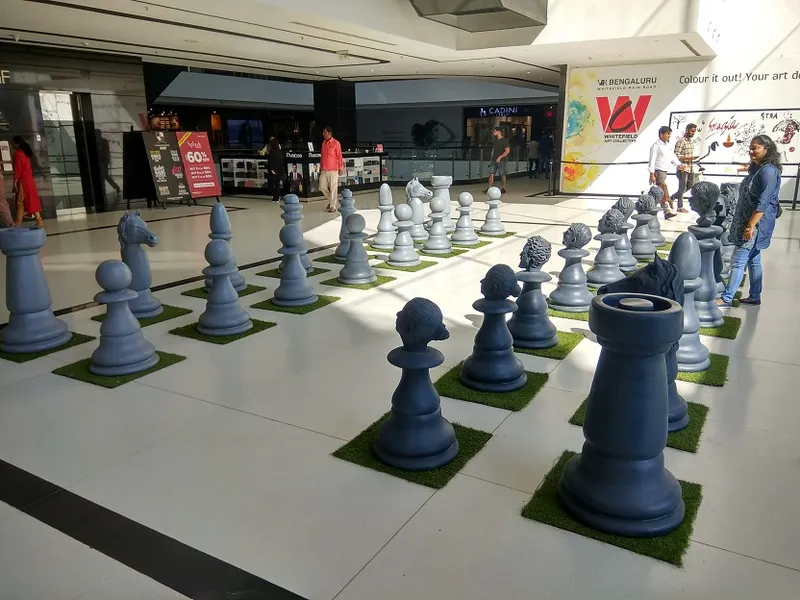
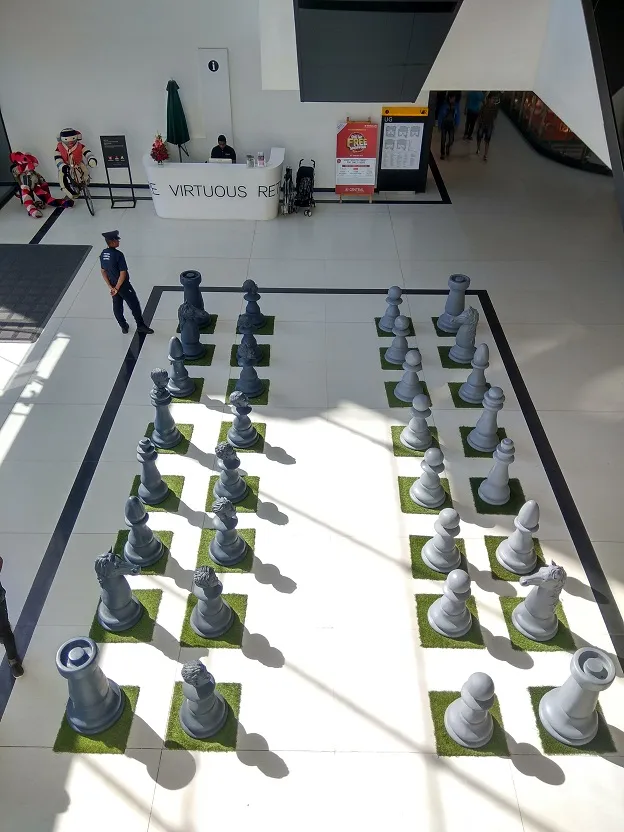
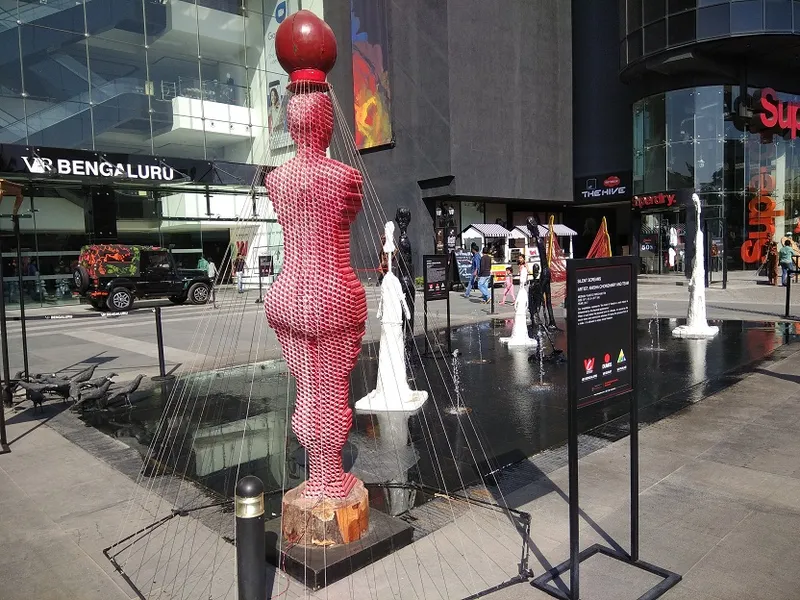
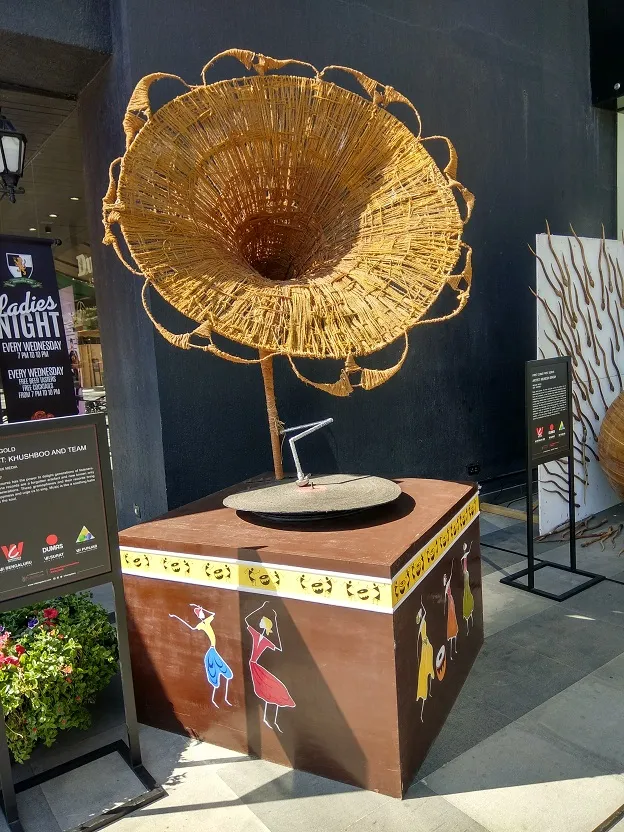
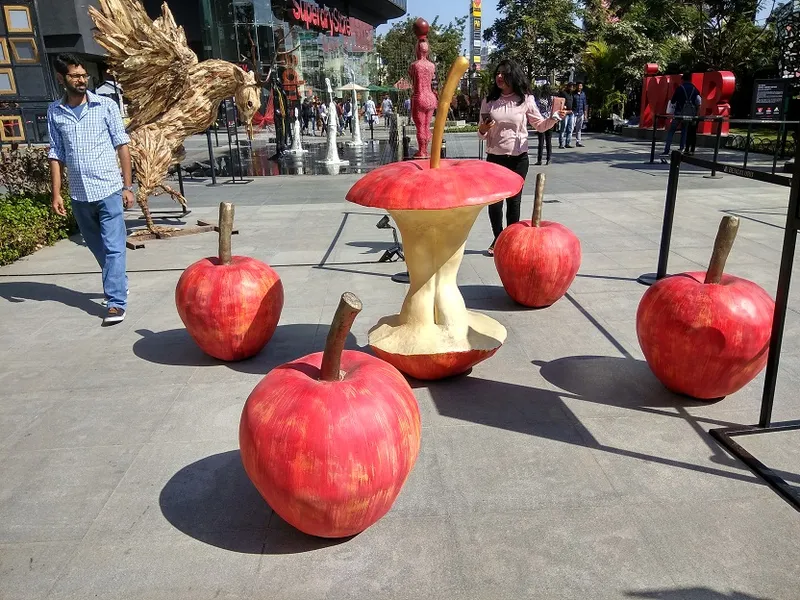
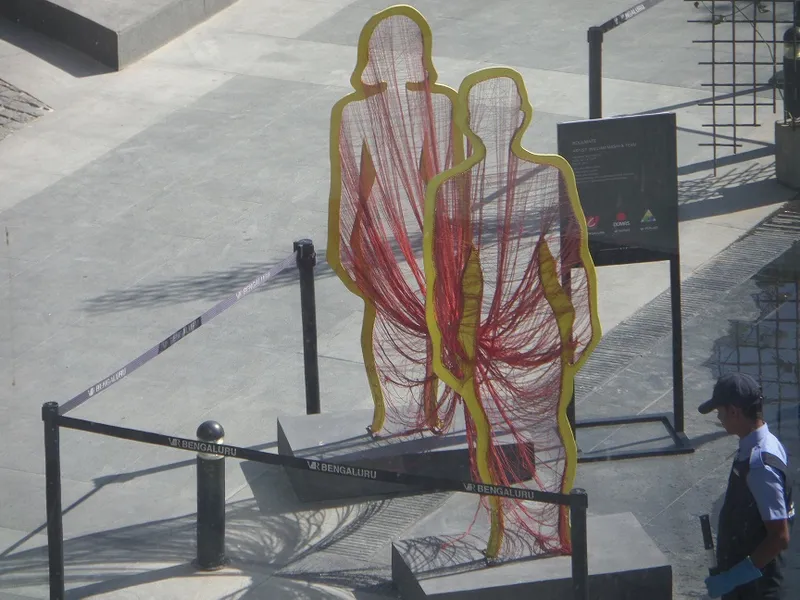
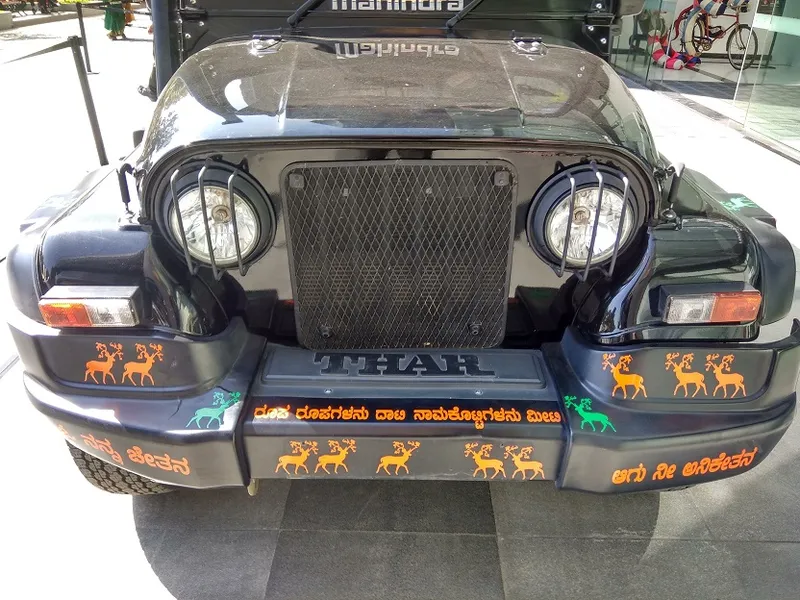
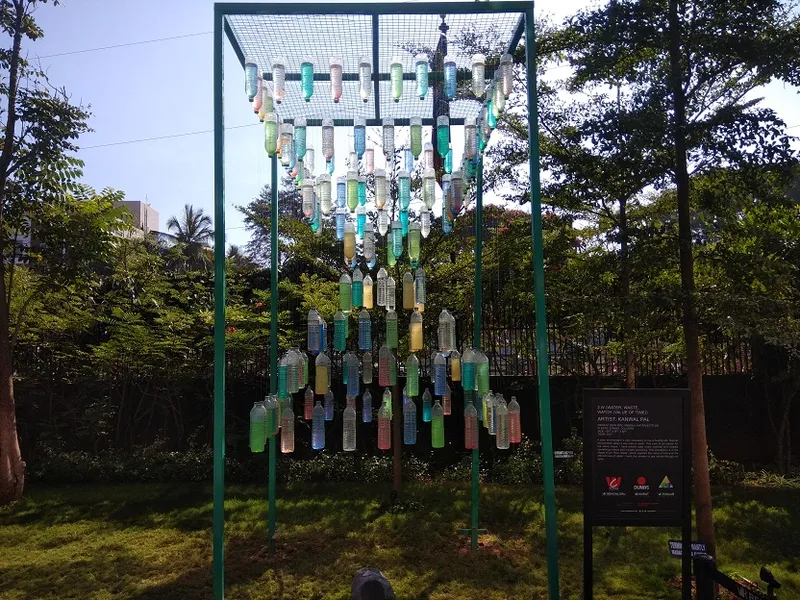
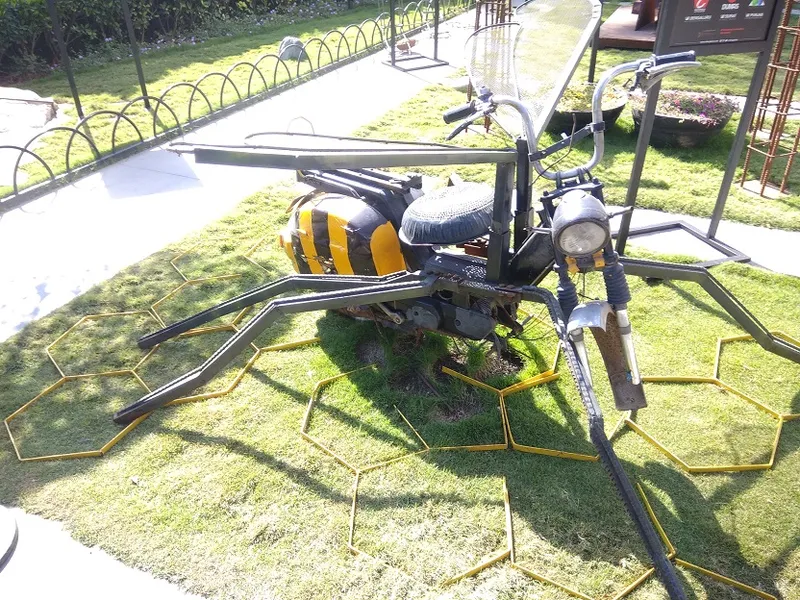
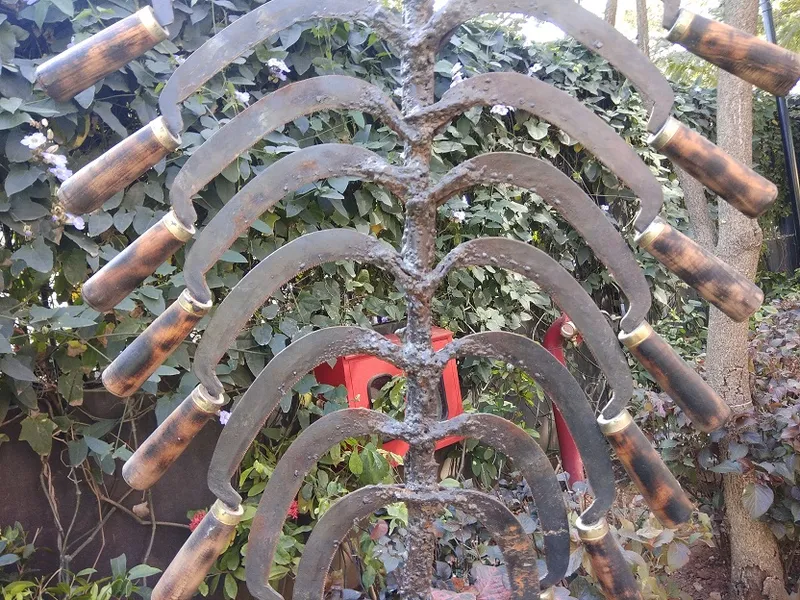
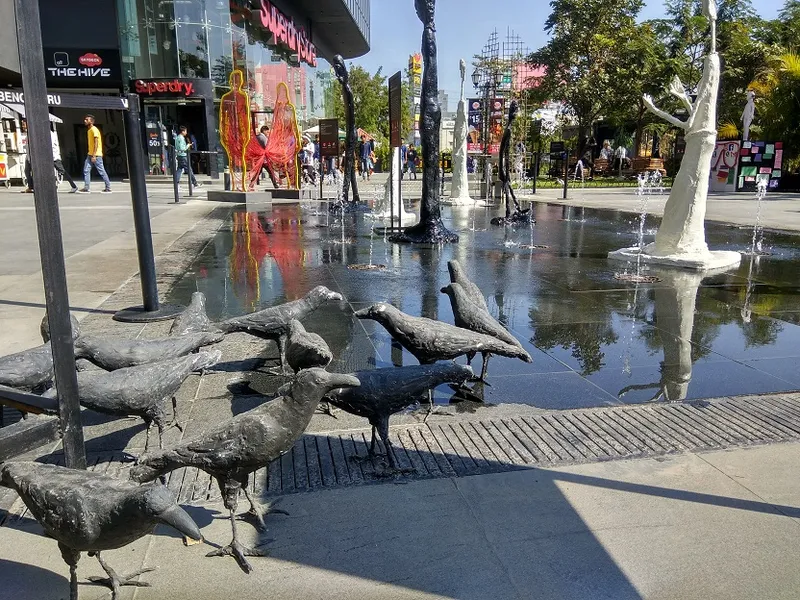
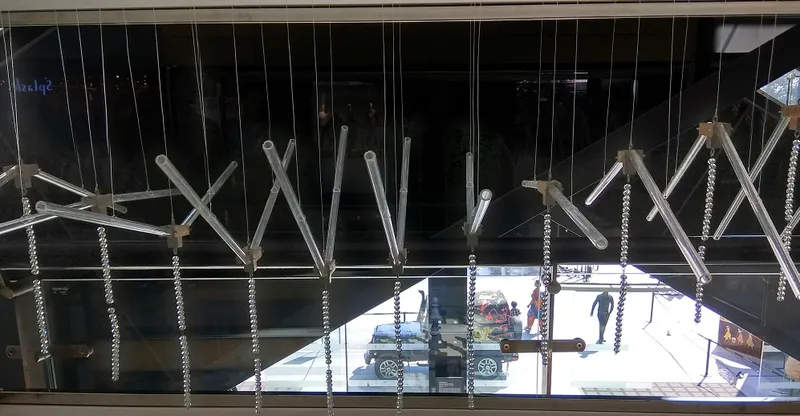
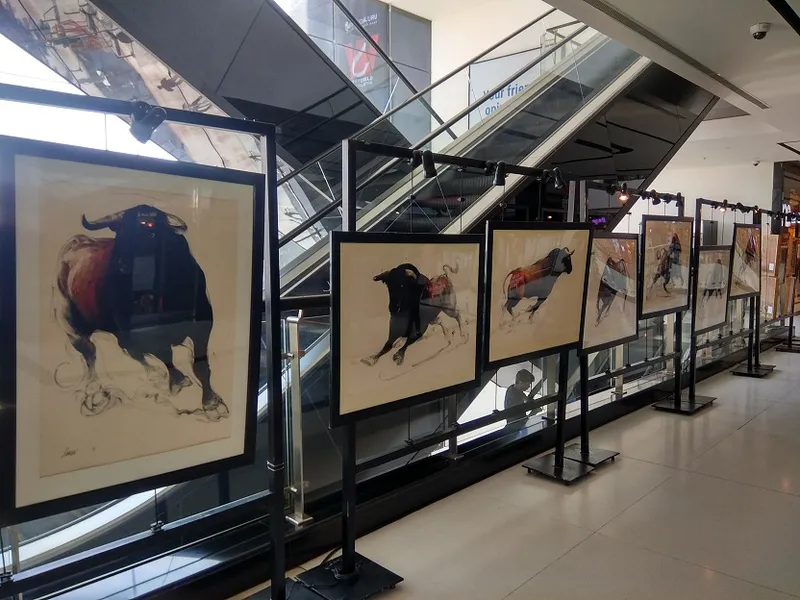
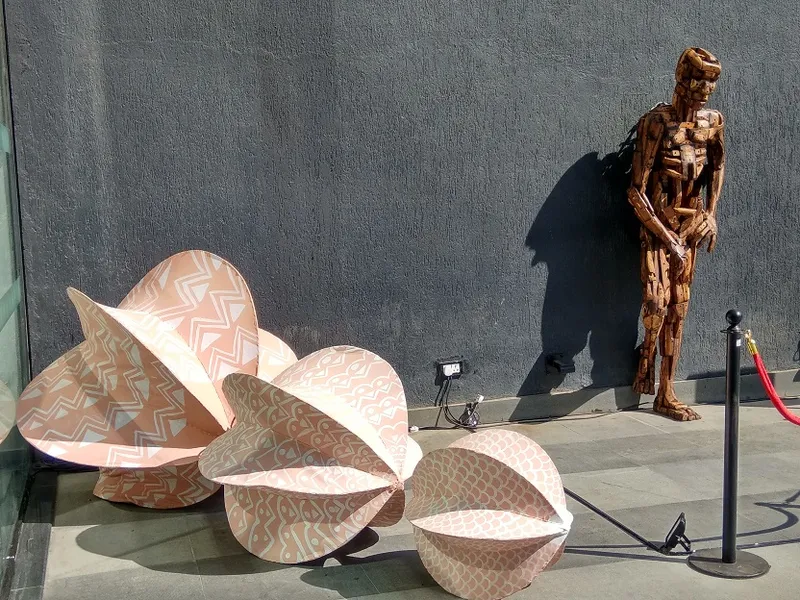
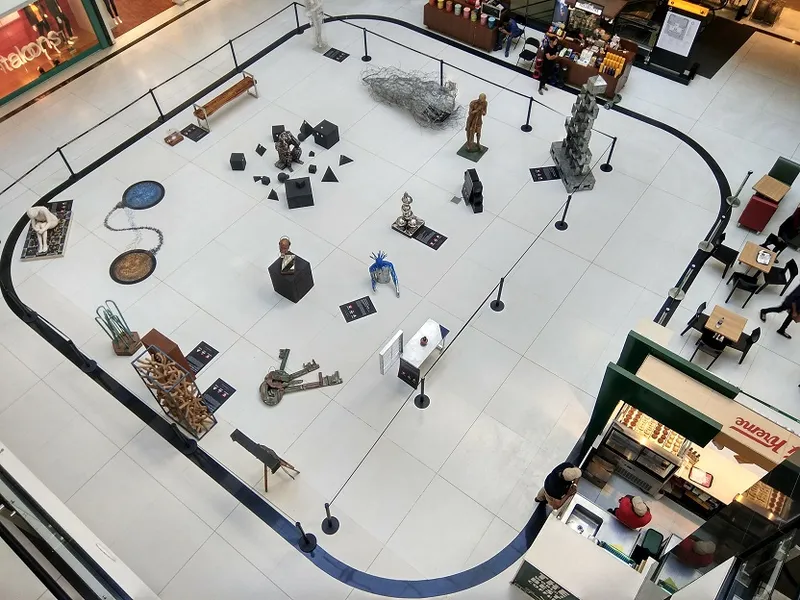
Got a creative photograph to share? Email us at PhotoSparks@YourStory.com!
See also the YourStory pocketbook ‘Proverbs and Quotes for Entrepreneurs: A World of Inspiration for Startups,’ accessible as apps for Apple and Android devices.





